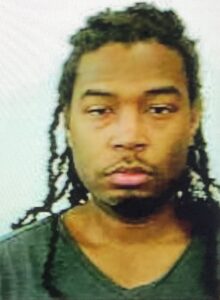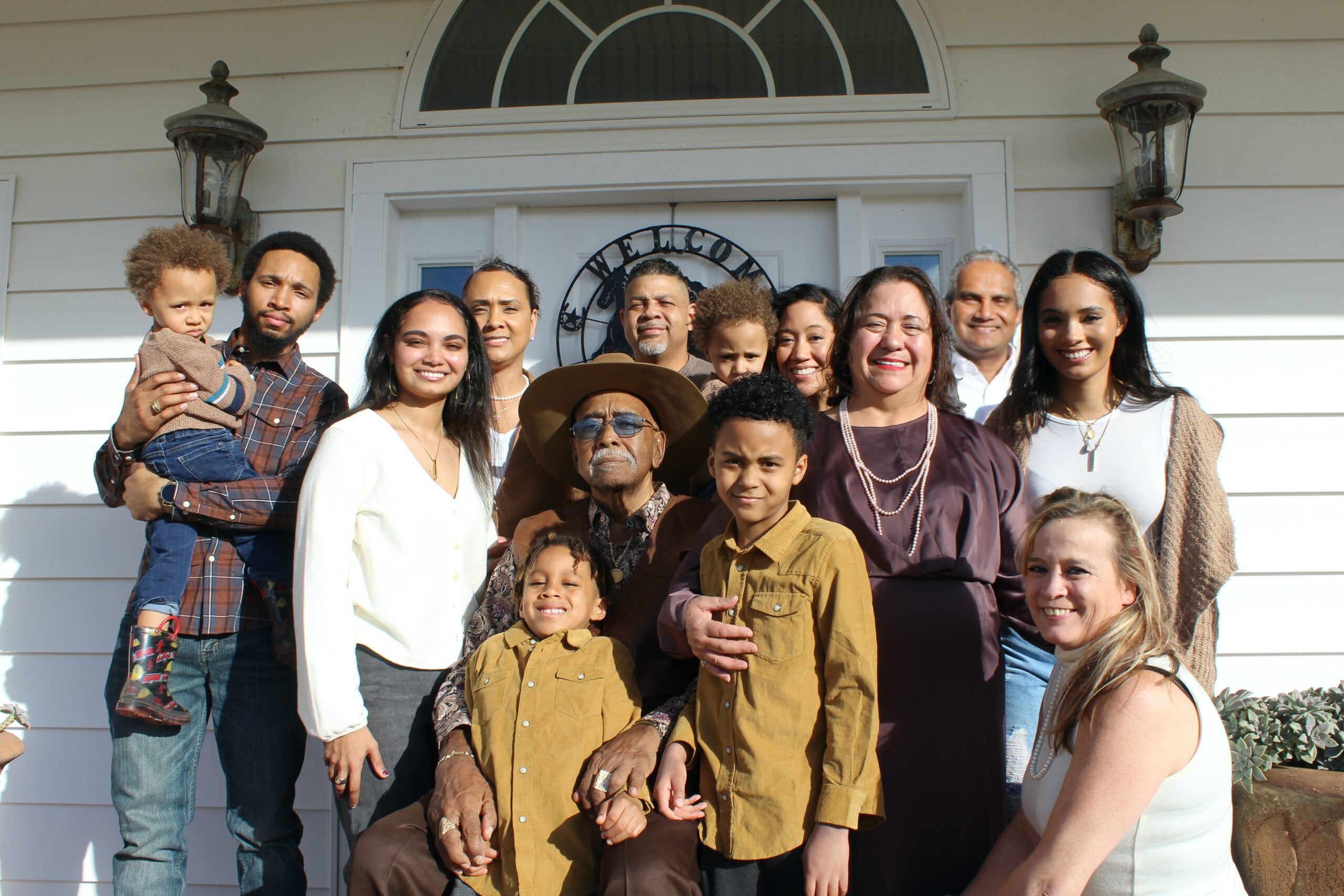Knight History, Family Crest & Coats of Arms

The ancient name of Knight finds its origins with the ancient Anglo-Saxon culture of Britain. It comes from a name for a knight, who was usually a feudal tenantderiving its origin from the Old English word cniht,which means knight. The word cniht also means servant and common soldier. Knighthood was established as a military profession by the 10th century. With the Norman Conquest and the resultant changes in the social order, knighthood became an established feudal rank, directly under that of a Baron. It was associated with the holding of land, but was not hereditary. Because land was hereditary and knighthood was not, there grew up a body of landless knights, who often banded together into military orders, such as the Knights Templar, and the Knights Hospitalers. As time went by, cavalry decreased in importance in warfare and the excesses of the Knights Templar brought the institution of knighthood into disrepute. The Knights Templar were suppressed by Pope Clement V in 1312. By the 16th century knighthood became a civil distinction.
Early Origins of the Knight family
The surname Knight was first found in Suffolk where one of the first records of the name was John le Cnitht who was listed in the Hundredorum Rolls of 1273. The same rolls also lists: Gilbert le Knyt in Cambridgeshire; Roger le Knith in Oxfordshire; and Ellis le Knyght in Wiltshire.
The surname was “well distributed over England south of a line drawn from the Humber to the Dee. In the northern part of England it is singularly rare. Sussexstands foremost for the number of its Knights, and after it come, in their order, Hants, Leicestershireand Rutland, and Gloucestershire. In Norfolk and Suffolk we have the form of Knights.” [1]
The Yorkshire Poll Tax Rolls of 1379 list: Johannes Knyght; Willelmus Kneyte; Thomas Knycht: and Willelmus Knygth. [2] Some of the family were found in Scotland in early times. Robert dictus Knycht was burgess of Abirbrothoc and had a charter of a piece of land in Aberbrothoc in 1331. In 1435, John Knycht was canon of Brechin and rector of Funewyn (Finhaven.) He is probably the John Knycht who appears on an inquest on the lands of Tulloch in 1438. [3]
More recently some of the family held estates at Aston-Sub-Edge in Gloucestershire. “Norton-Burnt House, so called from the greater portion of it having been destroyed by fire while the seat of Sir William Knight, Bart., is the property of the Earl of Harrowby.” [4]
Another branch was found at Letwell in the West Riding of Yorkshire. “The family seat of the Knights, here, an ancient house, was taken down by the late Mr. Gally Knight when he removed his residence, a few years since, to the mansion at Firbeck; but the offices, with the gardens and pleasure-grounds, in the latter of which is an extensive lake, are still remaining.” [4]
To the far south and west in Stoke-Climsland, Cornwall, in early days the Knight family had a family seat at Aldren. [5]
Early History of the Knight family
This web page shows only a small excerpt of our Knight research.
Knight Spelling Variations
Sound was what guided spelling in the essentially pre-literate Middle Ages, so one person’s name was often recorded under several variations during a single lifetime. Also, before the advent of the printing press and the first dictionaries, the English language was not standardized. Therefore, spelling variations were common, even among the names of the most literate people. Known variations of the Knight family name include Knight, Knights and others.
Early Notables of the Knight family (pre 1700)
Distinguished members of the family include Sir William Knight, Ambassador to Maximilian; John Knight (died 1606), Scottish mariner and commander of an expedition off the coast of Greenland in 1605, he named Knight’s Islands there; Sir John Knight (1612-1683), “the elder” an English merchant and politician, Member of Parliament for Bristol (1660), Mayor of Bristol.
Knight World Ranking
In the United States, the name Knight is the 155th most popular surname with an estimated 149,220 people with that name. [6] However, in Canada, the name Knight is ranked the 364th most popular surname with an estimated 12,561 people with that name. [7] And in Newfoundland, Canada, the name Knight is the 294thpopular surname with an estimated 153 people with that name. [8] Australia ranks Knight as 103rd with 25,623 people. [9] New Zealand ranks Knight as 151stwith 3,322 people. [10] The United Kingdom ranks Knight as 95th with 50,014 people. [11]
Knight migration to the United States +
For political, religious, and economic reasons, thousands of English families boarded ships for Ireland, the Canadas, the America colonies, and many of smaller tropical colonies in the hope of finding better lives abroad. Although the passage on the cramped, dank ships caused many to arrive in the New World diseased and starving, those families that survived the trip often went on to make valuable contributions to those new societies to which they arrived. Early immigrants bearing the Knight surname or a spelling variation of the name include :
Knight Settlers in United States in the 17th Century
- Mr. Benjamin Knight, aged 28, who arrived in Virginia in 1619 aboard the ship “Bona Nova” [12]
- John Knight, who settled in Virginia in 1623
- Richard Knight, who settled in Virginia in 1623
- Mordecay Knight, who arrived in Virginia in 1624-1625 aboard the ship “William and John” [13]
- Walter Knight, who landed in Massachusetts in 1624 aboard the ship “Zouch Phoenix” [12]
Knight Settlers in United States in the 18th Century
- Henry Knight, who arrived in Virginia in 1702 [13]
- Frances Knight, who arrived in Virginia in 1705 [13]
- Joseph Knight, who arrived in Virginia in 1711 [13]
- Jung Peter Knight, aged 31, who landed in Pennsylvania in 1732 [13]
- Jacob Knight, aged 36, who arrived in Pennsylvania in 1740 [13]
Knight Settlers in United States in the 19th Century
- Andrew Knight, who arrived in Philadelphia, Pennsylvania in 1811 [13]
- Daniel Knight, who arrived in Philadelphia, Pennsylvania in 1811 [13]
- David Knight, who landed in Philadelphia, Pennsylvania in 1811 [13]
- Abraham Knight, aged 25, who landed in New York in 1812 [13]
- James Knight, who landed in New York in 1827 [13]
Knight Settlers in United States in the 20th Century
- Mr. Elias Knight, (b. 1876), aged 24, Cornish labourer, from St Austell, Cornwall, UK travelling aboard the ship “Majestic” arriving at Ellis Island, New York on 20th September 1900 en route to Red Jacket, Michigan, USA [14]
- Mr. Joseph Henry Knight, (b. 1879), aged 21, Cornish miner, from Scorrier, Cornwall, UK travelling aboard the ship “Germanic” arriving at Ellis Island, New York on 20th July 1900 en route to Marquette, Michigan, USA [14]
- Mrs. Ellen Knight, (b. 1847), aged 56, Cornish settler travelling aboard the ship “Teutonic” arriving at Ellis Island, New York on 17th December 1903 en route to Carthage, Missouri, USA [14]
- Mr. Samuel D. Knight, (b. 1846), aged 57, Cornish settler travelling aboard the ship “Teutonic” arriving at Ellis Island, New York on 17th December 1903 en route to Carthage, Missouri, USA [14]
- Mr. John Knight, (b. 1885), aged 19, Cornish gardener travelling aboard the ship “New York” arriving at Ellis Island, New York on 13th November 1904 en route to Carthage, Missouri, USA [14]
Some of the first settlers of this family name were:
Knight Settlers in Canada in the 18th Century
- Jane Knight, who landed in Halifax, Nova Scotia in 1749-1752
- Mr. Knight John U.E. born in Abington, Montgomery County, Pennsylvania, USA from Abington, Pennsylvania, USA who settled in Beaver Harbour, Pennfield, Charlotte County, New Brunswick, Canada c. 1783 listed as signing the Quaker Loyalist Agreement [15]
- Mr. Knight Joshua U.E. (b. 1731) born in Abington, Montgomery County, Pennsylvania, USA from Abington, Pennsylvania, USA who settled in Beaver Harbour, Pennfield, Charlotte County, New Brunswick, Canada c. 1783 listed as signing the Quaker Loyalist Agreement, leader of the Quakers from Abington married to Sarah Tyson having 10 children, he died in 1801 [15]
- Mr. Knight Joshua Jr., U.E. born in Abington, Montgomery County, Pennsylvania, USA from Abington, Pennsylvania, USA who settled in Beaver Harbour, Pennfield, Charlotte County, New Brunswick, Canada c. 1783 listed as signing the Quaker Loyalist Agreement [15]
- Mrs. Knight Sarah U.E. born in Abington, Montgomery County, Pennsylvania, USA from Abington, Pennsylvania, USA who settled in Beaver Harbour, Pennfield, Charlotte County, New Brunswick, Canada c. 1783 listed as signing the Quaker Loyalist Agreement [15
Knight Settlers in Canada in the 19th Century
- Mr. Frederick Knight, aged 29 who immigrated to Canada, arriving at the Grosse Isle Quarantine Station in Quebec aboard the ship “Zealous” departing from the port of London, England but died on Grosse Isle in September 1847 [16]
- Mr. Frederick Knight, aged 12 who was a Seaman aboard the ship “Zealous” taking passenger toGrosse Isle Quarantine Station in Quebec departing from the port of London, England but died at Grosse Isle on 8th September 1847 in the typhus epidemic [17]
- Mr. James Knight, aged 1 who was emigrating through Grosse Isle Quarantine Station, Quebec aboard the ship “Goliah” departing 21st May 1847 from Liverpool, England; the ship arrived on 18th July 1847 but he died on board [18]
Knight migration to Australia+
Emigration to Australia followed the First Fleets of convicts, tradespeople and early settlers. Early immigrants include:
Knight Settlers in Australia in the 18th Century
- Mr. John Knight, English convict who was convicted in Kent, England for 7 years, transported aboard the “Barwell” in September 1797, arriving in New South Wales, Australia [19]
- Mr. Robert Knight, English convict who was convicted in Kent, England for 7 years, transported aboard the “Barwell” in September 1797, arriving in New South Wales, Australia [19]
Knight Settlers in Australia in the 19th Century
- Mr. Thomas Knight, British Convict who was convicted in Warwick, Warwickshire, England for 7 years, transported aboard the “Earl Cornwallis” in August 1800, arriving in New South Wales, Australia[20]
- Mr. William Knight, British Convict who was convicted in Berkshire, England for life, transported aboard the “Earl Cornwallis” in August 1800, arriving in New South Wales, Australia [20]
- Miss Hannah Knight, (b. 1794), aged 16, English convict who was convicted in Gloucester, Gloucestershire, England for 7 years for larceny, transported aboard the “Canada” in March 1810, arriving in New South Wales, Australia, she died in 1832 [21]
- Mr. William Knight, (b. 1775), aged 40, English labourer who was convicted in Middlesex, Englandfor 7 years for stealing, transported aboard the “Fanny” on 25th August 1815, arriving in New South Wales, Australia [22]
- Mr. James Knight, English convict who was convicted in Middlesex, England for life, transported aboard the “Baring” in April 1815, arriving in New South Wales, Australia [23]
Knight migration to New Zealand +
Emigration to New Zealand followed in the footsteps of the European explorers, such as Captain Cook (1769-70): first came sealers, whalers, missionaries, and traders. By 1838, the British New Zealand Company had begun buying land from the Maori tribes, and selling it to settlers, and, after the Treaty of Waitangi in 1840, many British families set out on the arduous six month journey from Britain to Aotearoa to start a new life. Early immigrants include:
Knight Settlers in New Zealand in the 19th Century
- Samuel M Knight, who landed in Bay of Islands, New Zealand in 1840
- Charles Knight, who landed in Auckland, New Zealand in 1840
- James Knight, who landed in Wellington, New Zealand in 1840 aboard the ship Duke of Roxburgh[24]
- William Knight, aged 39, a miner, who arrived in Wellington, New Zealand aboard the ship “Duke of Roxburgh” in 1840 [24]
- Mary Ann Knight, aged 36, who arrived in Wellington, New Zealand aboard the ship “Duke of Roxburgh” in 1840 [24]
Knight migration to West Indies +
The British first settled the British West Indies around 1604. They made many attempts but failed in some to establish settlements on the Islands including Saint Lucia and Grenada. By 1627 they had managed to establish settlements on St. Kitts (St. Christopher) and Barbados, but by 1641 the Spanish had moved in and destroyed some of these including those at Providence Island. The British continued to expand the settlements including setting the First Federation in the British West Indies by 1674; some of the islands include Barbados, Bermuda, Cayman Island, Turks and Caicos, Jamaica and Belize then known as British Honduras. By the 1960’s many of the islands became independent after the West Indies Federation which existed from 1958 to 1962 failed due to internal political conflicts. After this a number of Eastern Caribbean islands formed a free association. [25]
Knight Settlers in West Indies in the 17th Century
- Mr. Edmond Knight, (b. 1613), aged 21, British settler travelling from London, UK arriving in St Christopher (St. Kitts) on 5th January 1634 [13]
- Mr. Thomas Knight, (b. 1614), aged 21, British settler traveling aboard the ship “Matthew” arriving in St Christopher (Saint Kitts) in 1635 [26]
- Mr. William Knight, (b. 1622), aged 13, British settler traveling aboard the ship “Matthew” arriving in St Christopher (Saint Kitts) in 1635 [26]
- Thomas Knight, who settled in St. Christopher (Saint Kitts) in 1635
- John Knight, who settled in Barbados in 1654
Contemporary Notables of the name Knight (post 1700) +
- Tonya Knight (1966-2023), American professional female bodybuilder, inducted into the 2011 IFBB Hall of Fame
- William Frederick Knight (1933-2022), American voice actor who was often cast in the role of a wise old man, in Ghost in the Shell, The Big O, Paranoia Agent and Eureka Seven
- Jack Knight (1993-2022), born Jakim Seeallah Maulana, an American actor, comedian and writer, best known for his roles as Devon in the animated Netflix sitcom Big Mouth and Jak in the Peacock comedy series Bust Down
- Goodwin Jess Knight (1896-1970), American Republican politician, Superior Court Judge in California, 1935-46; Lieutenant Governor of California, 1947-53; Governor of California, 1953-59 [27]
- Charles F. Knight (1936-2017), American business executive, Chairman of Emerson Electric Co (1974-2004)
- Robert Knight (1945-2017), born Robert Peebles, an American singer best known for the 1967 recording of the song “Everlasting Love”
- Michael Anthony Knight Jr. (1978-2017), American fashion designer
- Wray Thomas Knight, American Republican politician, Postmaster at Richmond, Virginia, 1898-1906 [28]
- William W. Knight, American politician, Burgess of Munhall, Pennsylvania, 1960 [29]
- William W. Knight (b. 1889), American politician, Delegate to Alaska State Constitutional Convention, 1955-56 [29]


